Off Road Dampers Front: The core component that determines the vehicle's extreme performance
 2025.07.01
2025.07.01
 Industry News
Industry News
In the world of off-road driving, every component of the vehicle has a special mission, and Off Road Dampers Front is undoubtedly the performance leader. It not only directly affects the body posture control, tire contact and driving comfort, but also determines whether the vehicle can safely pass obstacles under extreme road conditions. For veteran off-road players, a set of high-quality Off Road Dampers Front is by no means an optional upgrade, but an "invisible wing" that breaks through terrain restrictions.
Off Road Dampers Front: The "first line of defense" for off-road performance
In off-road scenes, the front wheels are often the first to contact obstacles. Whether it is the violent impact of the shell crater, the center of gravity transfer of the slope, or the continuous bumps of the gravel road, the front shock absorber needs to complete the precise control of compression and rebound within milliseconds. Its core role is reflected in three aspects: suppressing the ups and downs of the body to avoid the "nodding" and "raising head" phenomenon during sudden acceleration or braking; keeping the tires close to the ground to ensure that the power is effectively transmitted to the ground; absorbing impact energy, reducing the stress on the chassis components, and extending the service life.
Unlike road vehicles, off-road front shock absorbers need to cope with larger stroke changes. The stroke of professional off-road shock absorbers is usually between 200-300mm, and some extreme modified products can reach more than 400mm, which means that the internal piston, oil seal and damping adjustment mechanism must withstand higher mechanical loads. The front axle is a steering drive axle (most off-road vehicles), and the shock absorber must also be compatible with the motion trajectory of the steering mechanism, and the design complexity is far greater than the rear axle shock absorption system.

Core technical parameters: the "code" to understand performance
When purchasing off-road front shock absorbers, the numbers on the parameter table often hide mysteries. Damping force is one of the most critical indicators. It is divided into compression damping and rebound damping. The former controls the resistance of the shock absorber when it is compressed, and the latter affects the speed when it is extended. Professional products will provide multi-stage damping adjustable functions, such as reducing the damping to ensure comfort during low-speed bumps, and increasing the damping to enhance support during high-speed impacts.
The cylinder size should not be ignored either. The common 2.0-inch and 2.5-inch cylinder diameters not only represent the physical size of the shock absorber, but also reflect the heat dissipation efficiency and oil capacity. The larger the cylinder diameter, the less thermal attenuation during continuous high-intensity work, which is also a necessary attribute for scenes such as desert ramping and rock climbing.
The harshness of the off-road environment places extreme demands on the material of the front shock absorber. The cylinder barrel of high-quality products is usually precision forged with 4130 chrome-molybdenum steel, which has both high strength and fatigue resistance and can maintain dimensional stability under repeated impacts. The piston rod is made of high-carbon steel with chrome-plated hardening treatment, and the surface roughness is controlled within 0.05μm. With the polytetrafluoroethylene oil seal, it can achieve sealing reliability for millions of reciprocating motions.
In terms of internal structure, the multi-channel valve system is the "smart core" of high-end shock absorbers. By presetting the valve opening logic under different pressures, it can maintain soft feedback during slight vibrations and instantly lock excessive travel during severe impacts. Some top-level products are also equipped with electromagnetic induction technology, which can adjust damping in real time according to sensor data such as vehicle speed and acceleration, achieving "millisecond-level" response - this dynamic adaptability is the essential difference between professional off-road and ordinary modification.
Purchase Guide: Matching scenarios is the key
When choosing front shock absorbers, blindly pursuing "large size" and "high price" is often counterproductive. The correct approach is to configure according to the main usage scenarios: desert crossing needs to focus on long stroke and heat dissipation performance, and 2.5-inch double-tank nitrogen shock absorption is recommended, with adjustable rebound damping; rock climbing emphasizes precise control of compression damping, and it is recommended to choose short-stroke products with bottom buffer blocks to avoid bottoming damage to the shock absorber; rainforest muddy roads pay more attention to sealing, and it is necessary to ensure that all interfaces have IP6K9K waterproof capabilities to prevent mud and water intrusion.

The matching degree of shock absorbers and springs is equally important. The spring stiffness of the front suspension determines the height and load-bearing capacity of the vehicle, and the shock absorber must form a "golden partner" with it - a too soft shock absorber will cause the spring to rebound out of control, and a too hard shock absorber will lose its shock absorption ability. Professional modification shops usually use "weight testing" (measuring the load on the front axle of the vehicle) and "field trial adjustment" to ensure that the entire suspension system achieves the optimal balance.
The performance difference of Off Road Dampers Front may be difficult to detect on ordinary roads, but in extreme off-road scenes, it directly determines the "survivability" of the vehicle. A carefully adjusted front suspension system allows the driver to challenge complex terrain more confidently and experience the joy of man-car integration.
 EN
EN  English
English Español
Español


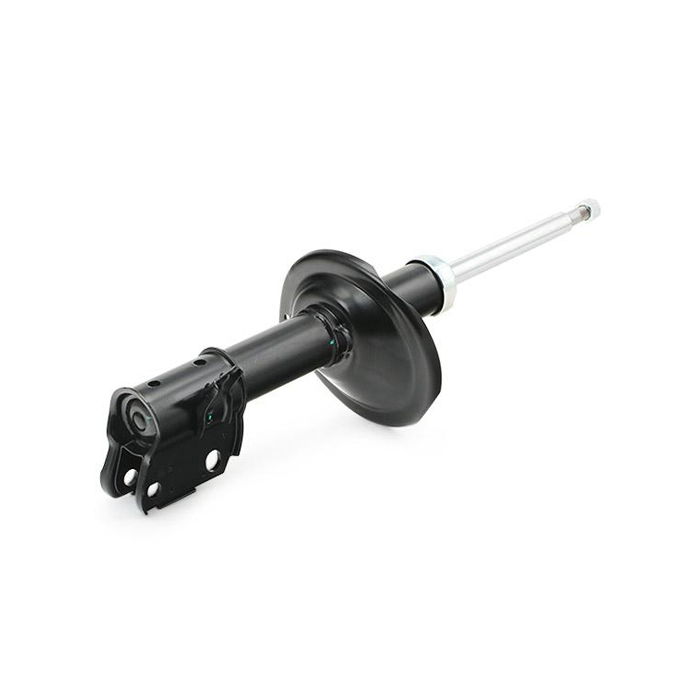
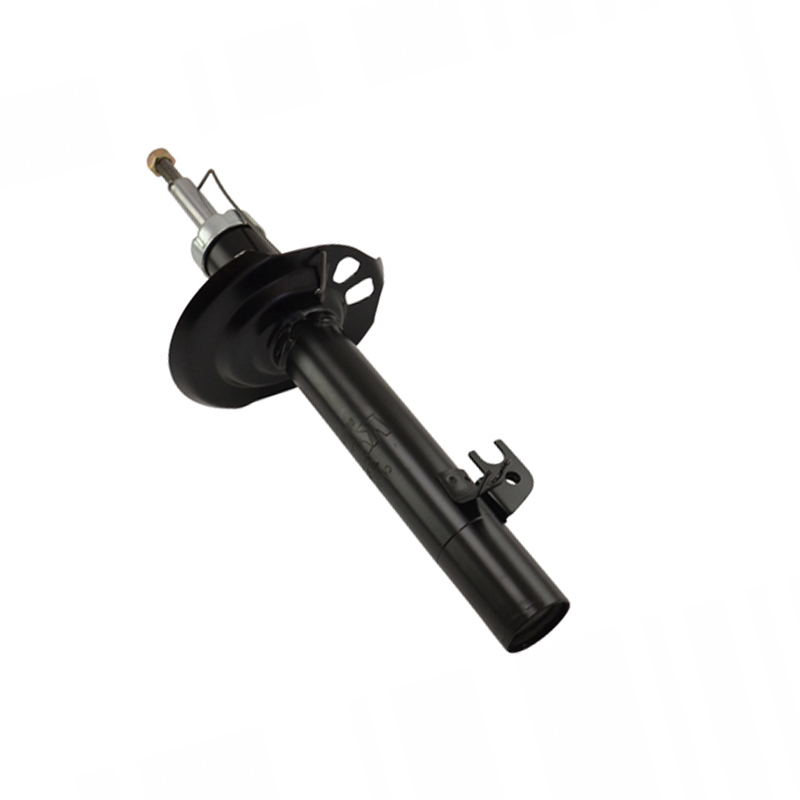
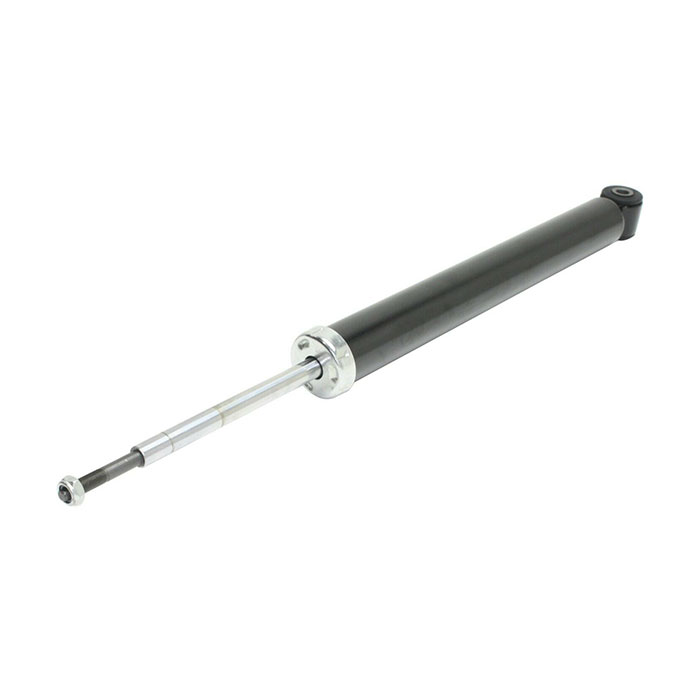
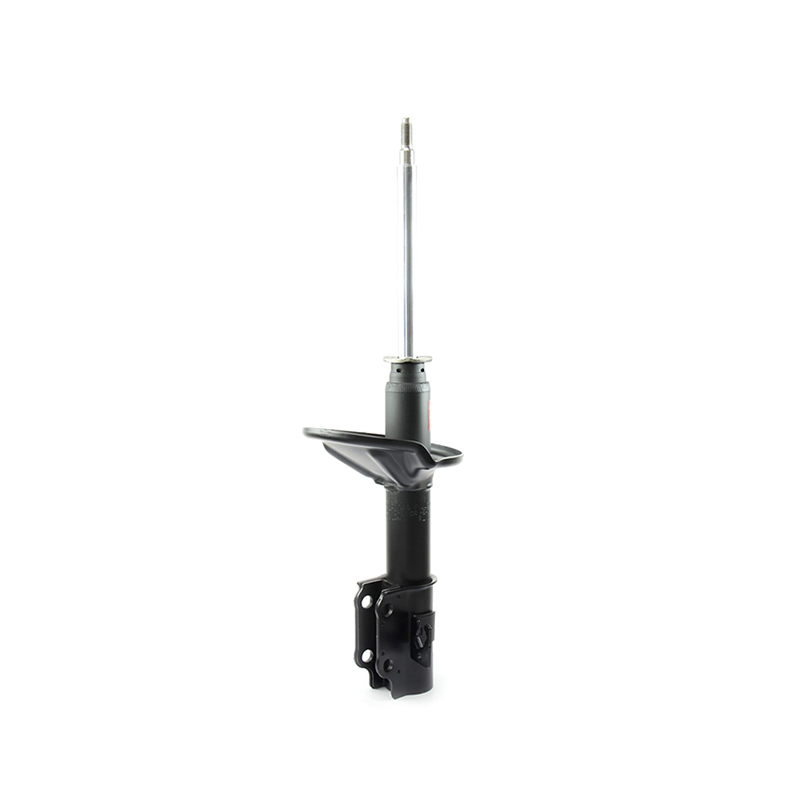
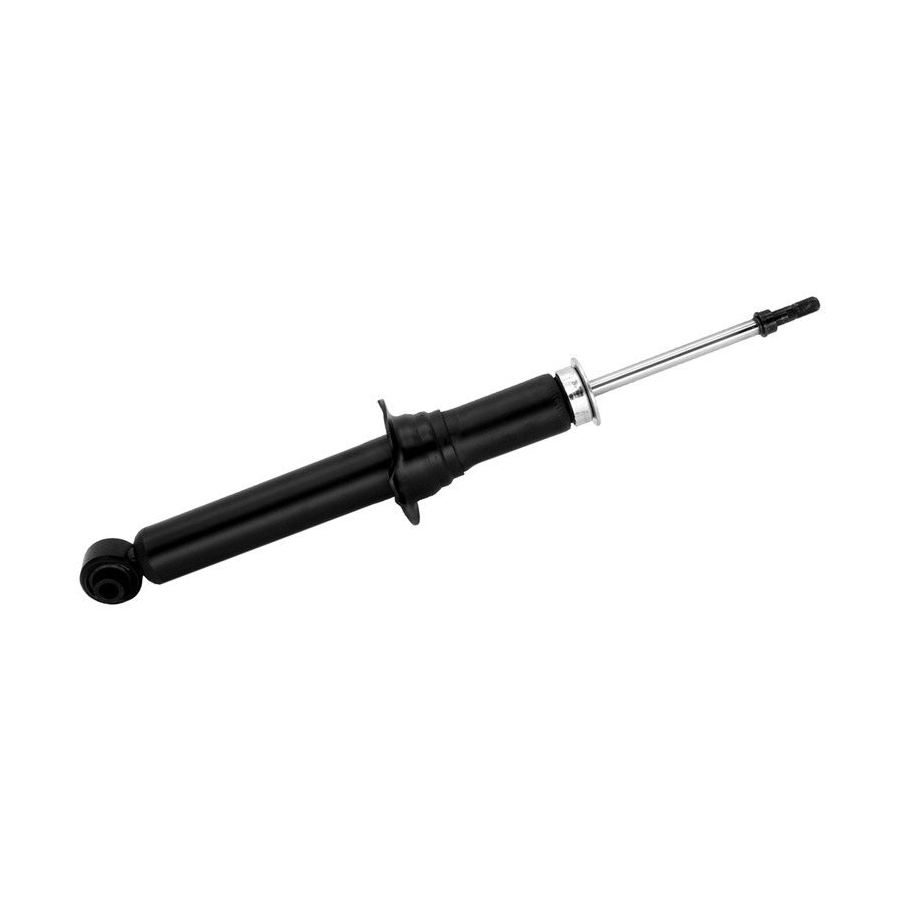
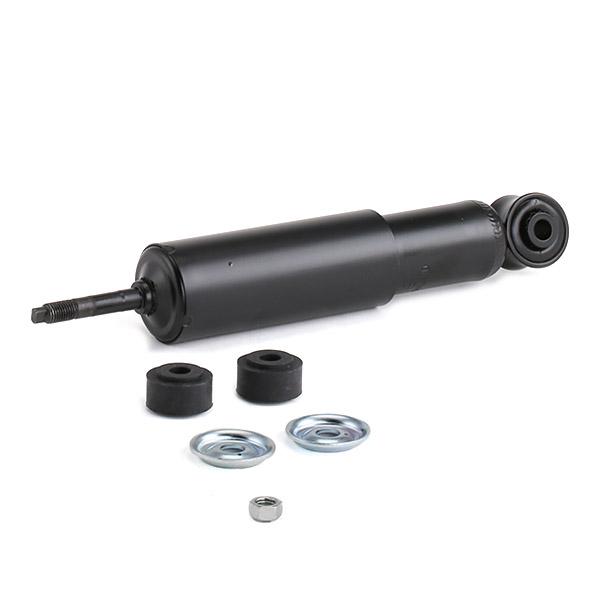
 +86-13757453333
+86-13757453333  +86-572-8355557
+86-572-8355557  Caroline@gerep.cn
Caroline@gerep.cn  No. 36, South Zhenxing Rd., Zhongguan Town, Deqing County, Huzhou, Zhejiang, China
No. 36, South Zhenxing Rd., Zhongguan Town, Deqing County, Huzhou, Zhejiang, China 